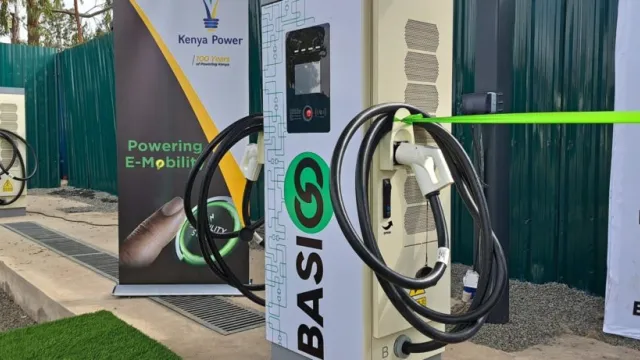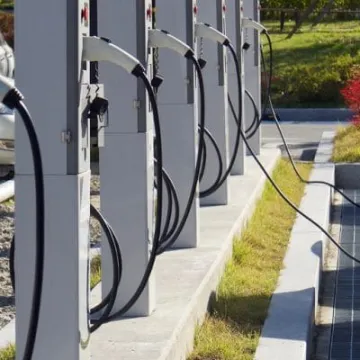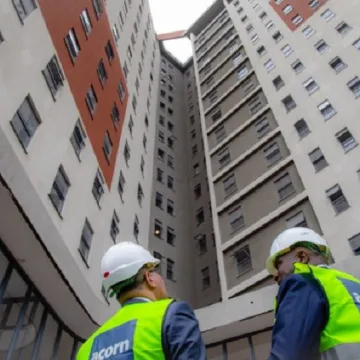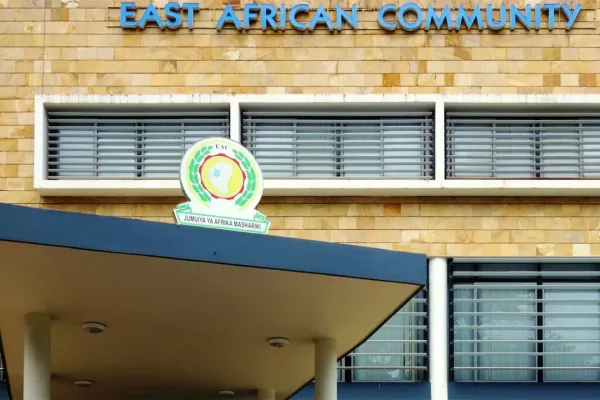Epra sees rise in electricity use by industry, electric vehicles

Statistics from the Electric Mobility Association of Kenya (EMAK) show that as of June 30th, there were 69 customers in Kenya billed under the e-mobility tariff category.
Kenya experienced increase electricity usage cutting across large commercial and industrial, domestic, street lighting and green mobility categories in the fiscal year ending June 30, driving up peak demand to 2316.2MW reported on 12th February.
According to the Energy and Petroleum Regulatory Authority (EPRA) industry survey, the new peak was 6.38 percent higher than FY2023/24 peak demand of 2,177MW.
Large power consumers, which comprises of industries, factories, high-rise buildings, warehouses, airports, ports, and railway stations accounted for 49.61 per cent of total electricity consumption in the country at 5,620.71GWh.
However, Epra notes that the dominance of the large energy consumers eased to 49.61 percent from 51.86 from in the previous financial year due to an uptick in the consumption share of other categories.
During the year under focus, domestic users saw usage increase by 13.03 percent to 3,640.32GWh, while small commercial consumers were up 11.5 percent or 197.72 GWh to stand at 1913.26GWh, a trend which EPRA attributes to "robust economic growth" and “electrification progress.”
The latest Energy and Petroleum Statistics Report shows that in FY2024/25, street lighting usage surged by 43.89 percent, while green mobility electricity consumption soared by 300 percent to 5.04GWh during the year.
“The report reveals a positive trajectory in the subsectors. For example, we saw large-scale energy consumers save about KES1.438 billion from using the Time-of-Use tariff, which reached a cumulative 180.3 GWh in consumption. We also saw growth in e-mobility, where its energy consumption rose by 300 percent to 5.04 GWh. We aim to improve this further by removing the 15,000-unit monthly consumption cap for e-mobility users," explained Mr Daniel Kiptoo Bargoria, Director General at EPRA.
In terms of regional usage, Nairobi area led during the period at 4,964.34GWh followed by the Coast at 2,010.06GWh, Rift Valley (1,560.36GWh), North Eastern (1,231.66GWh), Mt. Kenya (746.76GWh), West Kenya (596.11GWh) and South Nyanza (220.59GWh).
Green mobility
For green transport electricity consumption category, Epra said the increase in usage was attributable to increased uptake of the e-mobility tariff.
Statistics from the Electric Mobility Association of Kenya (EMAK) show that as of June 30th, there were 69 customers in Kenya billed under the e-mobility tariff category.
At the same time, EMAK notes that the number of electric vehicles in the country has been rising, with 6,442 registered electric vehicles as of June 2025.
Higher number of electric vehicles has triggered marked growth in electric vehicle charging points to 300 as of June this year.
Electricity imports
Additionally, regional interconnection expanded during the year attributable to the completion of the 210-kilometre 400kV transmission line to Tanzania, enabling strategic interconnections with Ethiopia, Uganda, and Tanzania.
During the year under review, electricity imports from Ethiopia (EEP) amounted to 1,274.42GWh, accounting for 83.09 percent of total imports, Uganda (225.64GWh) or 14.71 percent, while Tanzania accounted for 33.79GWh or 2.2 percent.
“Kenya is now interconnected with the grids of Ethiopia, Uganda, and Tanzania, enabling trade and advancing the vision of the Eastern Africa Power Pool,” the Director General noted.
The energy sector’s ambition of attaining 100 percent clean energy continued, with renewable energy accounting for 80.48 percent of total generation. Geothermal energy accounted for 39.51 percent of total energy generated, Hydro generation (24.21 percent), Wind (13.18 percent), and solar energy standing at 3.27 percent.
As of July 2025, about 10,066,704 cumulative Kenyans were already connected to the grid.
On the LPG front, interventions by the government to promote LPG uptake in households, institutional use and for autogas saw LPG consumption rise by 15 percent to 414,861 metric tonnes from 360,594 metric tonnes in 2023.
Autogas dispensing stations
The subsector is poised for exponential growth as the government deploys LPG reticulation in 5,000 public schools and the rollout of the same programme within mass housing projects.
With 16 retail autogas dispensing stations in operation, EPRA has permitted construction of 18 new stations in the current year.
Similarly, the petroleum sector saw a rise in domestic demand for products rising by 6.94 percent (5,839,464.78m³) primarily attributed to a decline in local and international prices, which, in turn, stimulated heightened economic activity.
The report also highlights a significant restructuring of Kenya's petroleum blocks, reconfiguring them into 50 high-potential blocks to attract new investment and exploration. This conforms to Kenya’s question to start oil production following the successful discovery of commercially viable oil reserves at Ngamia 1 in Turkana County.





